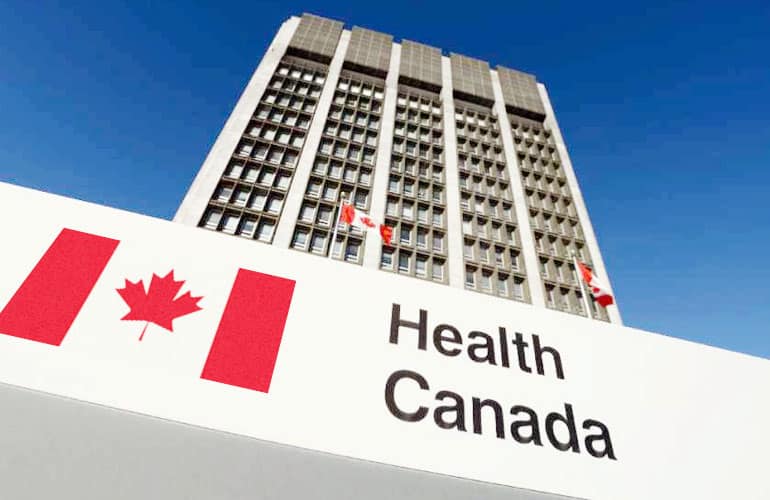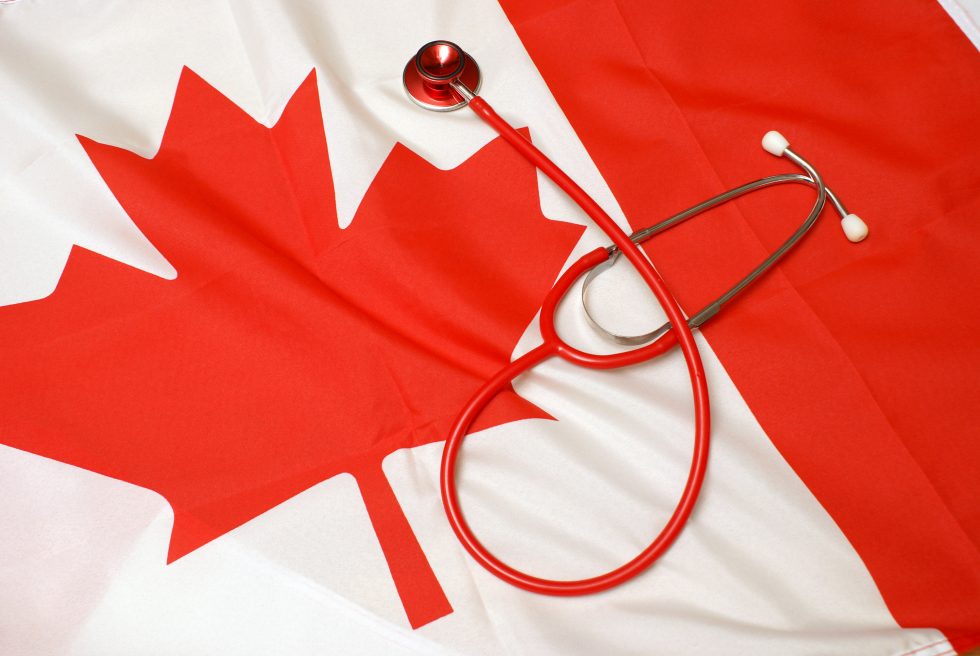Health Canada, a Canadian regulating authority in the sphere of healthcare products, has published a guidance document dedicated to inspections of medical device establishments. The current version of the document was published in November 2016 and replaced the appropriate guidance on the Medical Device Establishment License Inspection Program issued by the authority earlier in April 2012.

Table of Contents
The authority explicitly states that the present document is intended solely to provide additional recommendations and clarifications to be considered when achieving and sustaining compliance with the applicable regulatory requirements. In the case of any discrepancies with the provisions of current legislation, including but not limited to the Food and Drugs Act, the latter should prevail.
In particular, the document describes how the regulating authority will carry out the inspections of licensed medical device establishments, including the inspection process itself and applicable regulations. Additional clarification on the process provided in the present Health Canada guidance should be taken into consideration by the medical device establishment license holders when preparing for an inspection, and also to increase the transparency of applicable procedures and predictability of inspections in general.
Regulatory Background
The scope of the guidance covers the inspections Health Canada may carry out regarding:
- Class I medical device manufacturer,
- Importer (Class I-IV medical devices),
- Distributor (Class I-IV medical devices).
All the parties listed above should duly hold a medical device establishment license (MDEL) in order to be allowed to perform their activities.
A party should be treated as a medical device importer or distributor if it carries out the business activity in one of the forms below:
- Renting or leasing medical devices,
- Distributing devices for use as samples sell devices to healthcare facilities or providers who then sell the device to a patient,
- Supplying devices to a chain of retail outlets that are individually owned and operated.
At the same time, the authority emphasizes that retailers supplying medical devices to customers are not required to have a license.
It is also important to mention that in certain cases, an inspection could be carried out with regard to an entity that is not an establishment license holder. For instance, this applies in the case of:
- Class I medical device manufacturers collaborating with MDEL holders,
- Entities or natural persons engaged in operations with custom-made medical devices or devices intended for investigational testing involving human subjects, and
- Class II, III, or IV medical device manufacturers operating under the medical device license.
The document also refers to the appropriate Health Canada guidance describing in detail the procedure of applying for a medical device establishment license.

Inspections in Detail
According to the applicable legislation in the sphere of medical devices, Health Canada as a regulating authority is entitled to carry out the appropriate inspections with regard to the entities described above in order to ensure their continued compliance with the current regulations, including the Food and Drugs Act and the Medical Devices Regulations. In the course of such an inspection, the regulating authority will assess compliance with the applicable provisions of the aforementioned regulations. Upon completion of an inspection, the authority will assign the appropriate rate based on risks associated with the inspection`s findings. The scope of such an inspection would cover the activities performed by the entity subject to inspection in accordance with the medical device establishment license it holds. For this purpose, the representatives of the authority will conduct a rigorous evaluation and assessment of the procedures and processes employed by the subject of inspection with regard to the risks associated with safety and effectiveness. Additionally, the scope of the inspection will cover compliance with the general requirements related to importing, advertising, and distributing medical devices.
At the same time, the aspects associated with compliance to the quality management system standard (ISO 13485) will be subject to separate inspections to be carried out in the context of the Canadian Medical Devices Conformity Assessment System or the Medical Device Single Audit Program. Such inspections should be carried with regard to Class II, III, or IV medical device manufacturers holding a valid ISO 13485 certificate issued under one of the frameworks mentioned above.
In the course of an audit, the regulating authority will also ensure whether any and all medical devices placed on the market by the subject of inspection have the appropriate medical device licenses and are labeled and classified in full compliance with the applicable regulations. When performing an inspection, auditors are entitled to take action against any non-compliances identified.
The scope of inspections should cover both entities located in Canada and abroad.

Inspection Types and Timelines
Under the general rule, all inspections could be divided into two categories:
- Regular inspections carried out within pre-defined intervals of time depending on the type of activity carried out by the entity. For instance, in the case of domestic medical device manufacturers, regular inspections should be carried out every three years; for importers – every four years, and every five years for domestic medical device distributors. The scope of such inspection should cover general compliance with the regulatory requirements set forth by the applicable legislation.
- Special-case inspections could be carried out on an irregular basis depending on the class of medical devices in question, types of activities carried out by the licensed entity, compliance history, and others.
The special-case inspections described in the second paragraph could be divided into five types:
1. New inspection – an initial inspection to be carried out in the course of licensing process.
2. Reassessment – additional assessment to be carried out if the compliant rating has been granted on the condition that the entity will correct minor deviations and non-compliances. An assessment of this type could take place at any moment in time.
3. Re-inspection – additional inspection to be carried out with regard to the entity that received a non-compliant rating.
4. Foreign site inspection – an inspection related to a foreign medical device establishment license holder.
5. Targeted inspection – special inspection to be carried out if the regulating authority has reasonable concerns regarding compliance with certain provisions of the applicable regulations.
Under the general rule, on-site inspections carried out in Canada should be completed within one business day. However, in the case of a large company, an inspection could take from two to five days. In the case of several sites involved in operations, an auditor is entitled to inspect any of them, which will result in an extension of the inspection time.
In summary, the present Health Canada guidance provides an overview of the current regulatory framework for inspections of medical device establishment license holders. The document outlines the scope of entities subject to inspections and describes how different types of inspections should be carried out.
Sources:
How Can RegDesk Help?
RegDesk is a next-generation web-based software for medical device and IVD companies. Our cutting-edge platform uses machine learning to provide regulatory intelligence, application preparation, submission, and approvals management globally. Our clients also have access to our network of over 4000 compliance experts worldwide to obtain verification on critical questions. Applications that normally take 6 months to prepare can now be prepared within 6 days using RegDesk Dash(TM). Global expansion has never been this simple.

